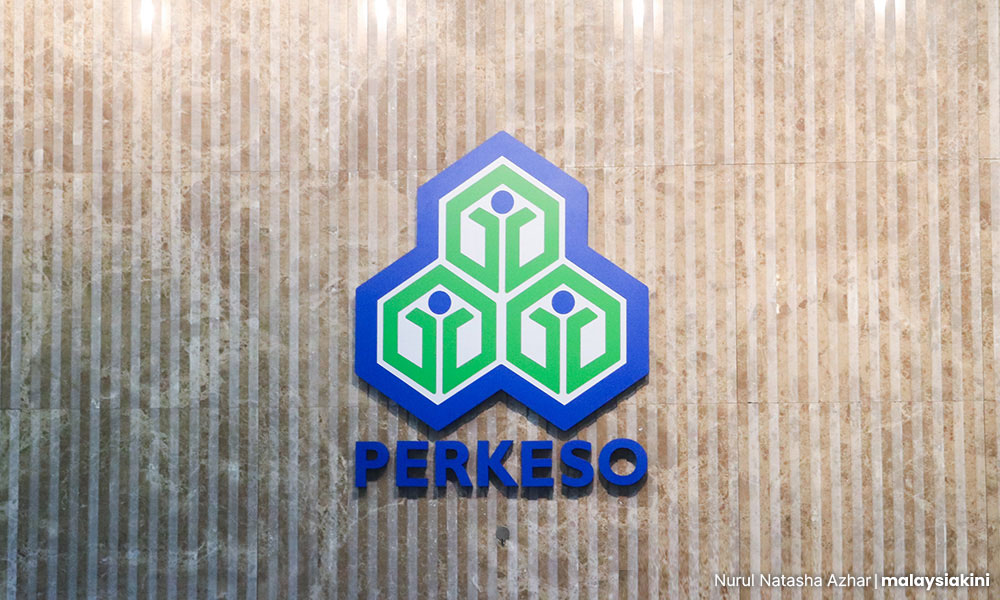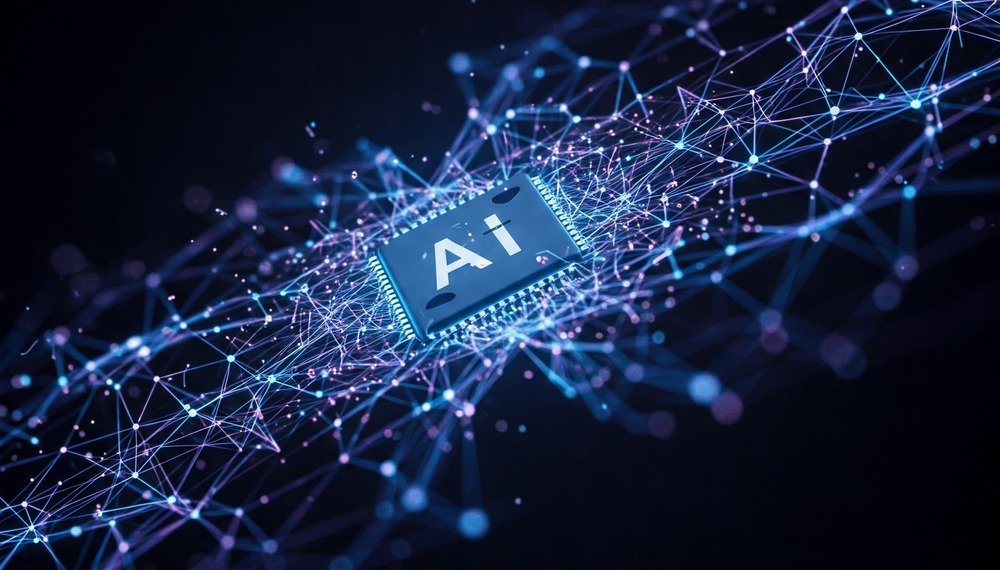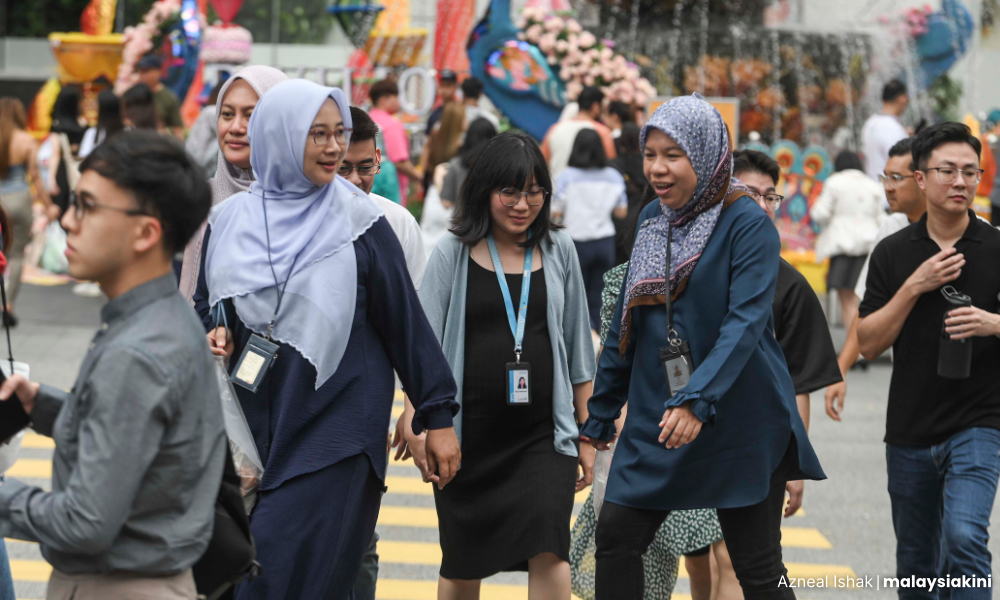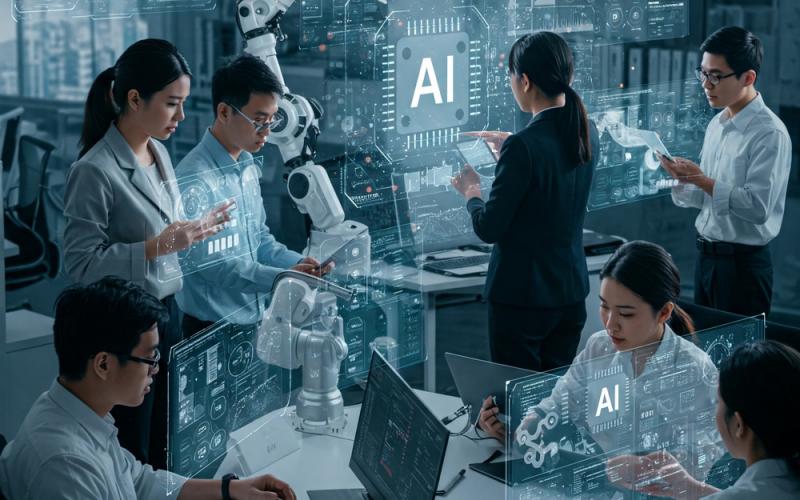The rapid integration of artificial intelligence (AI) into the workplace is transforming industries worldwide, and Malaysia is no exception.
While AI-driven automation is enhancing productivity and innovation at an unprecedented speed, it also presents new challenges for Malaysia’s social security system, particularly in employment stability, income protection, and workforce reskilling.
Paradigm shift in skill sets
AI and automation are changing the job market by replacing routine and repetitive tasks, which displace workers in certain industries.
According to Human Resources Ministry data, Malaysia saw 293,639 job losses attributed to automation and AI between 2020 and September 2024. The manufacturing sector was the most affected, with 75,615 people laid off.
Other impacted sectors included wholesale and retail trade (43,614 job losses), professional and scientific services (23,907), and information and communication technology (19,931).
However, amid this development, AI also creates new opportunities by generating demand for roles in other areas such as technology development, data management, and AI oversight.
Additionally, AI-powered tools can boost productivity and efficiency, allowing workers to concentrate on complex problem-solving, creativity, and strategic decision-making.
As businesses adopt AI, individuals who embrace new skills and adapt to technological advancements can explore emerging career opportunities and thrive in the evolving workforce landscape.
Addressing income inequality and social protection
The rise of AI-powered workplaces presents an opportunity for economic growth but also highlights the need to address income inequality.
As demand for high-skilled workers in technology and AI development grows, wages in these fields may rise, creating new career prospects, while lower-skilled employees could potentially face wage stagnation or job displacement.
To ensure inclusive progress, strengthening social security programmes and investing in workforce reskilling can help lower-skilled employees transition into emerging roles.
Proactive measures, such as expanding access to education and upskilling initiatives, can foster a more balanced and resilient workforce, allowing more individuals to benefit from AI-driven advancements.
Strengthening worker protections through amendments to PERKESO and EIS Acts
Recent amendments to the Social Security (PERKESO) Act and the Employment Insurance System (EIS) Act play a crucial role in safeguarding both Malaysian and foreign workers amid AI-driven shifts in the job market. These updates include:
Training and upskilling programmes: The government has strengthened skill development initiatives under the EIS Act, enabling workers displaced by AI automation to gain relevant qualifications and re-enter the workforce in more sustainable jobs.
Enhanced unemployment benefits: The revised EIS framework provides better financial support and job placement services for retrenched workers, helping both local and migrant employees transition into new roles.
Expanded coverage for foreign workers: The inclusion of foreign workers in social security schemes now ensures they receive medical benefits, compensation for workplace injuries, and financial assistance during unemployment, reducing the risk of exploitation.
By modernising these laws, Malaysia is creating a more inclusive and adaptive social security system that protects all workers, regardless of nationality, while fostering economic resilience in the face of AI advancements.

Reskilling and workforce adaptation
Malaysia is taking a gradual approach to AI integration, allowing the workforce to progressively embrace automation and AI, with notable advancements in tech-savvy industries.
To support this transition, the nation has implemented several initiatives aimed at preparing its workforce for an AI-driven future.
Key programmes include the Malaysia Digital Economy Blueprint, the MyDigital programme, and the National AI Roadmap 2021-2025, all of which focus on equipping workers with the necessary skills and resources.
Complementing these initiatives, MYFutureJobs, Malaysia’s national employment portal managed by PERKESO, plays a crucial role in connecting job seekers with potential employers. With the integration of AI, the platform can enhance job matching by analysing skills, qualifications, and industry trends to provide more accurate recommendations.
AI-powered tools can also assist in resume screening, interview scheduling, and identifying emerging job opportunities, helping both employers and job seekers save time and effort.
Furthermore, AI-driven insights can support policymakers in understanding labour market trends, ensuring that workforce development initiatives align with Malaysia’s economic needs. By leveraging AI, MYFutureJobs is able to improve employment outcomes, making job searches more efficient and inclusive.
Further, to mitigate AI’s impact on employment, the government and private sector are working together to roll out reskilling initiatives for the medium and long term.
Programmes by government agencies such as the Malaysia Digital Economy Corporation (MDEC) and Human Resources Development Fund (HRDF) are essential in equipping workers with new competencies in AI, data analytics, and digital technologies.
For instance, providing subsidies for reskilling mid-career workers and expanding access to digital infrastructure are key steps to enhancing workforce preparedness.
These improvements would not only accelerate technological adoption but also ensure a more equitable business environment, allowing smaller companies to access essential resources for growth.

Updates to Employment Act allow expanded coverage to all workers
In addition to workforce preparation, Malaysia has strengthened its labour laws to accommodate evolving employment structures influenced by AI.
The Employment Act now provides comprehensive coverage for all employees, regardless of salary, and includes provisions for gig workers and flexible working arrangements, complementing the safety nets provided by the PERKESO and EIS Acts.
To further address AI’s impact on various industries, Majlis Perundingan Gaji Negara (MPGN), which falls under the purview of the Human Resources Ministry, is also in the midst of developing sector-specific guidelines that recommend appropriate starting salaries, thereby ensuring fair compensation in an increasingly automated job market.
Policy adjustments needed for a sustainable social security system
While AI can drive economic growth and efficiency, its resulting changes in employment demand proactive policy responses. To address these challenges, policymakers must adapt social security frameworks to accommodate AI’s effects on employment. Potential measures include:
Universal social security coverage: To date, the PERKESO Self-Employment Social Security Scheme extends to as many as 20 informal sectors, including gig and freelance workers. Fortifying such initiatives for the long term will help protect those playing a growing role in AI-driven digital economies.
Income support mechanisms: The PERKESO Employment Insurance Scheme (EIS) currently provides a safety net for displaced workers by offering temporary income replacement, job search support and skills training. However, a concerted effort with government agencies and industry players to provide targeted retraining and reskilling programmes will greatly enhance workers’ employability in evolving job markets.
AI-driven social security: Smarter, fairer, and more efficient
One of the less-known aspects of AI implementation is how it is revolutionising social security by enhancing accuracy, efficiency, and responsiveness in benefit distribution. By analysing income, employment, and demographic data, AI enables precise eligibility assessments, while predictive analytics help identify financial risks and ensure timely assistance. It also bolsters fraud detection, safeguarding resources and directing aid to those in genuine need.
Moreover, AI personalises benefit recommendations and streamlines resource allocation, thus minimising inefficiencies. These advancements strengthen social security programmes, making them more accessible and effective in supporting vulnerable populations.

Thriving in the AI age
As AI reshapes industries, the workforce in both the private and government sectors must adapt by developing new skills, embracing innovation, and implementing policies that support workforce transformation.
Workers need to stay competitive by upskilling in areas like data analysis, automation, and digital literacy while also strengthening human-centric abilities such as critical thinking, creativity, and emotional intelligence. Understanding and leveraging AI-driven technologies can elevate job competency and create a competitive edge for professional growth.
Meanwhile, governments play a critical role in facilitating workforce adaptation and enhancing service delivery. Supportive initiatives like reskilling subsidies and career counselling can assist displaced workers in transitioning to new roles while AI-powered systems can modernise public services, improving efficiency in healthcare, social security, and administration. By fostering adaptability and innovation, AI’s potential can be harnessed to build a more inclusive and resilient workforce.
Join the World Security Forum 2025
Want to understand more about how AI intersects with the evolving social security landscape? Connect with over 1,000 social security leaders and discover global innovations and best practices at the World Social Security Forum 2025 in Kuala Lumpur. More information at https://www.issa.int/events/wssf2025.
This Social Security series is in collaboration with PERKESO.
The views expressed here are those of the author/contributor and do not necessarily represent the views of Malaysiakini.


